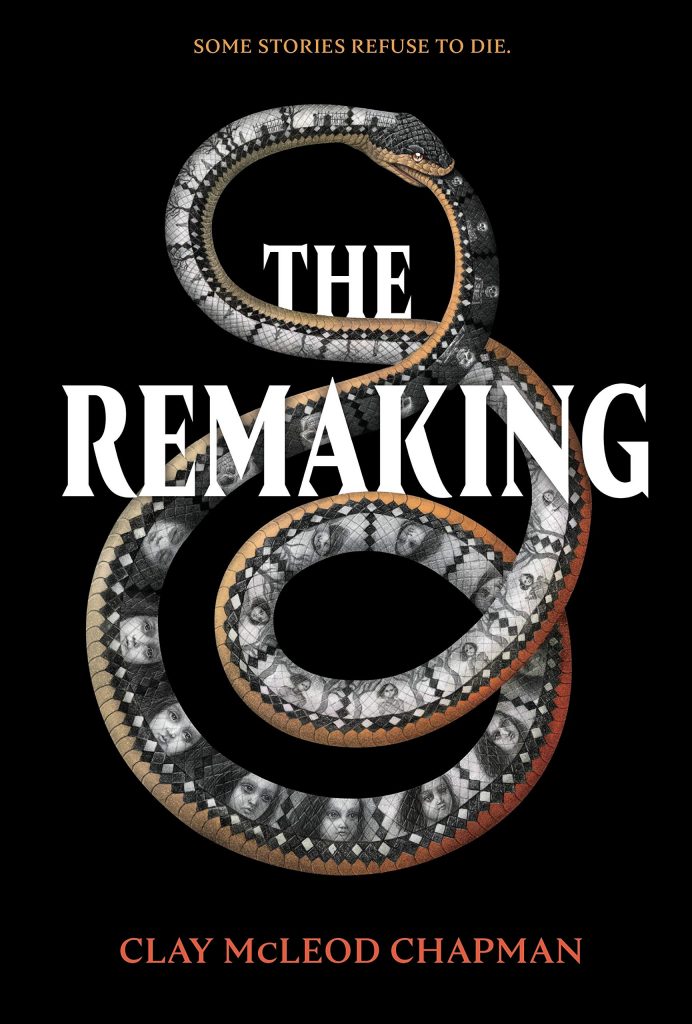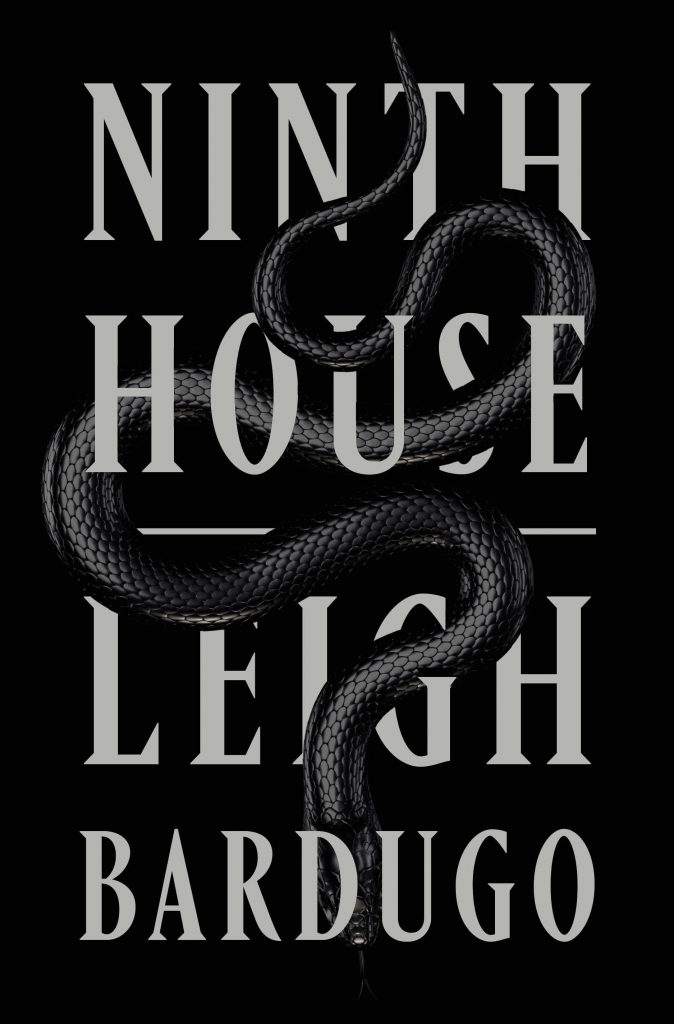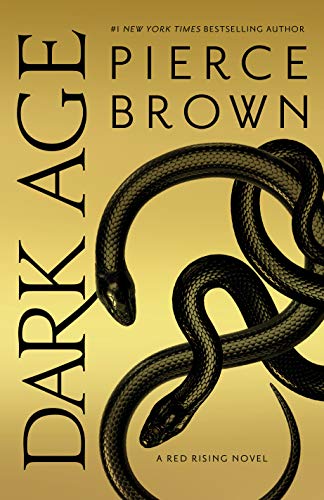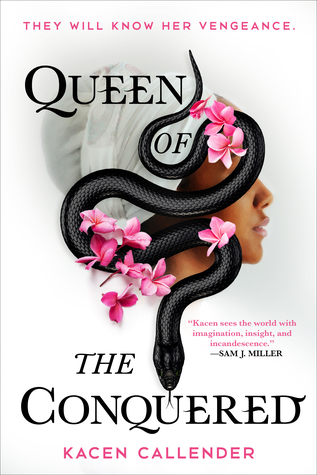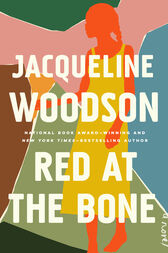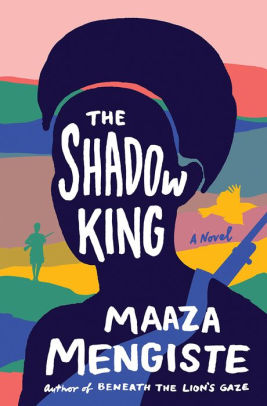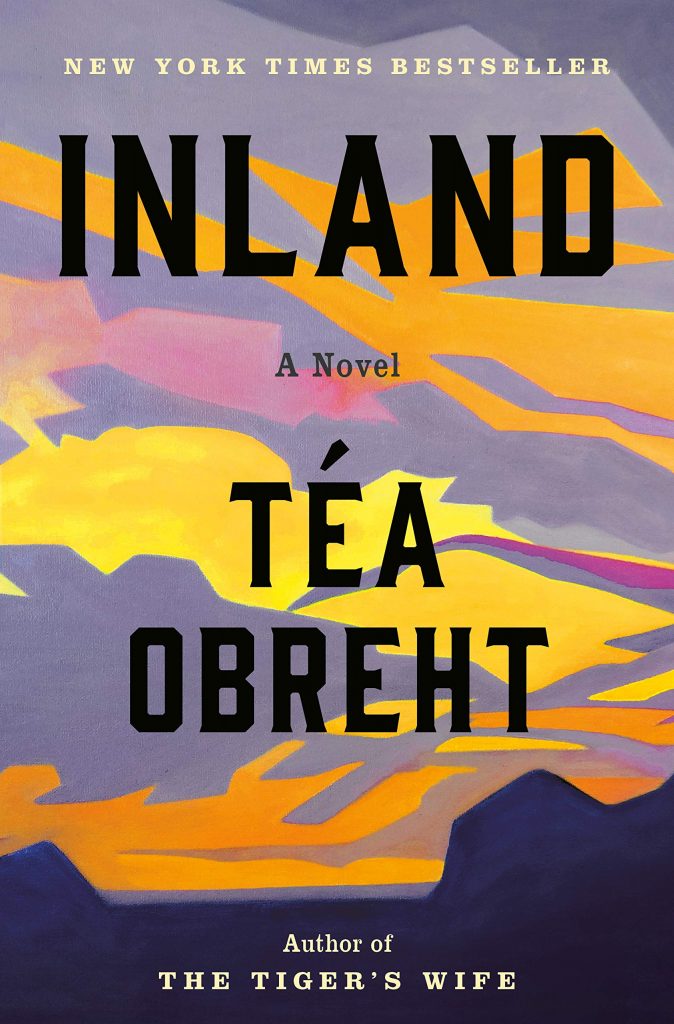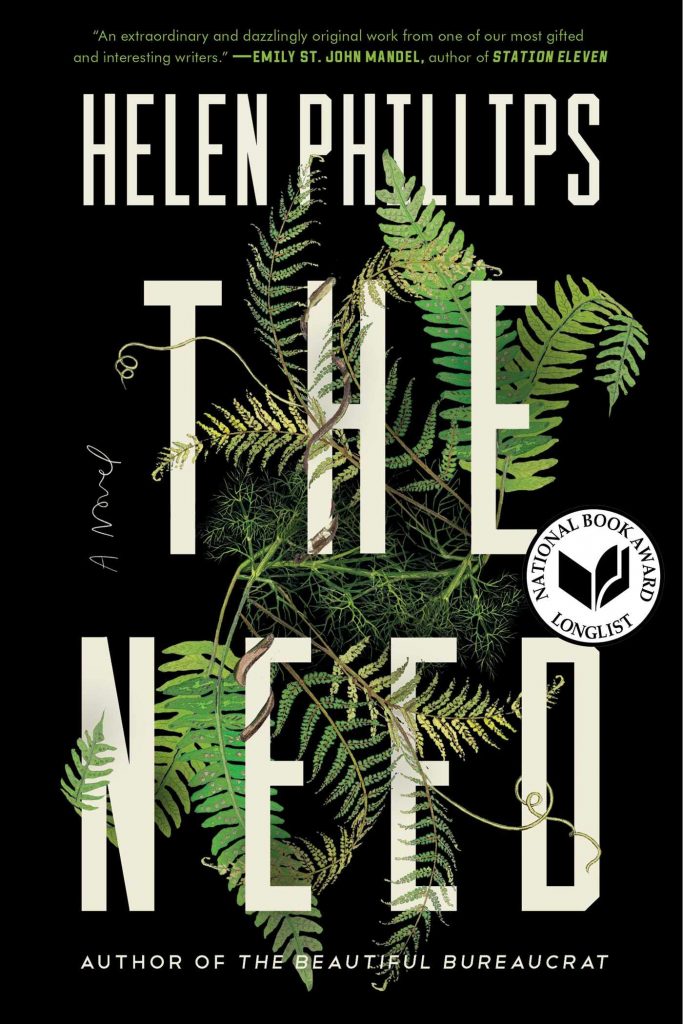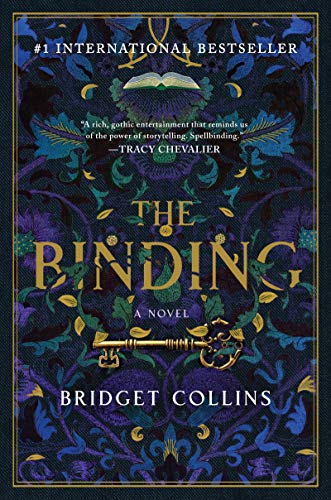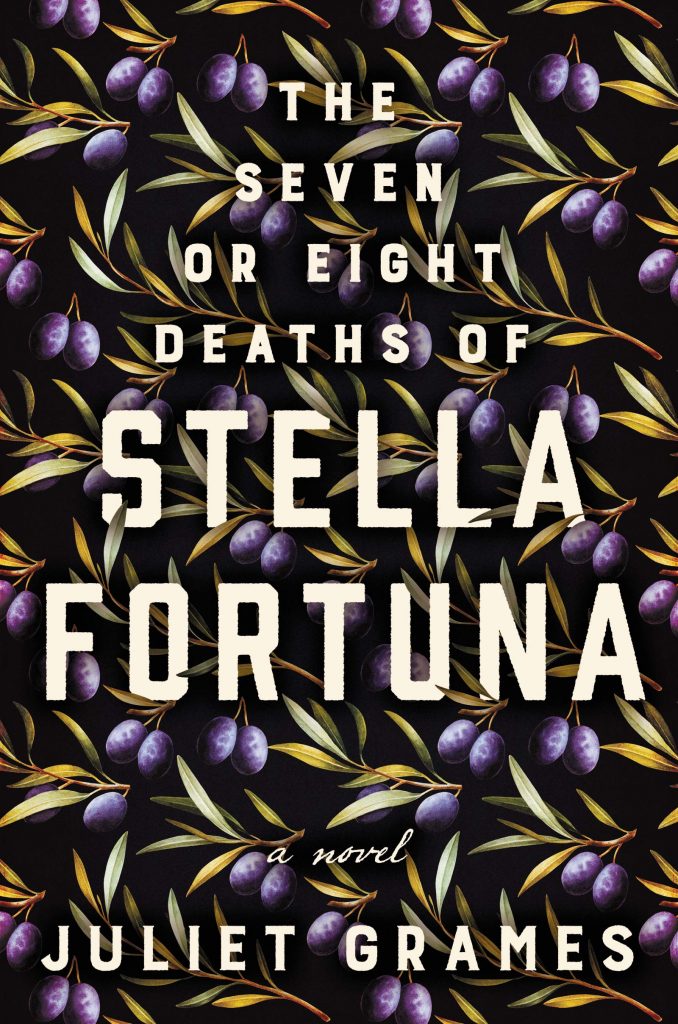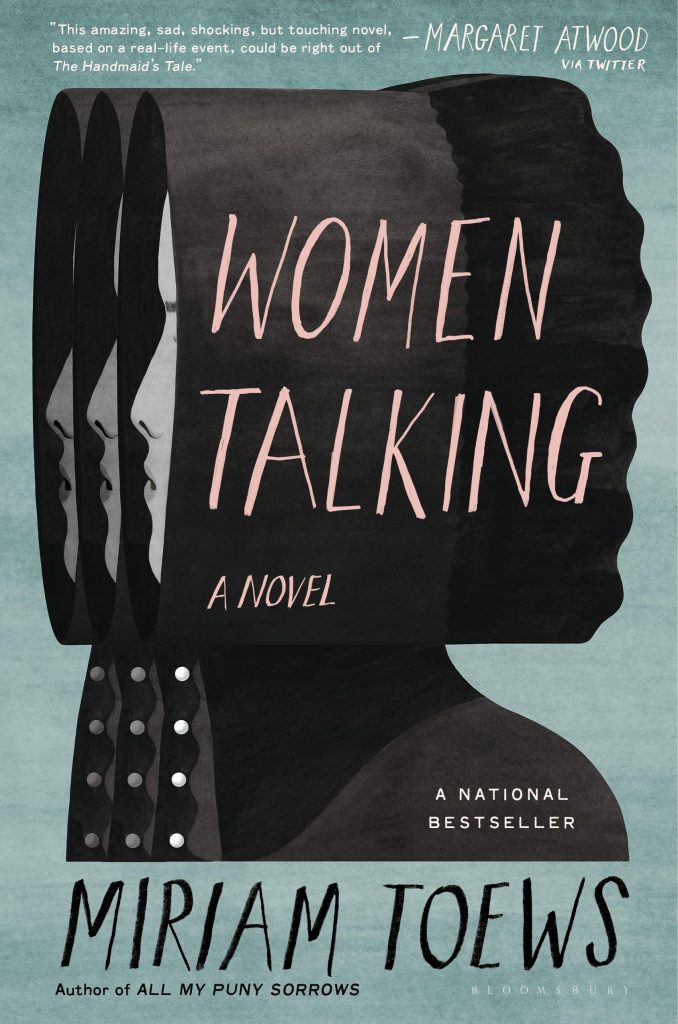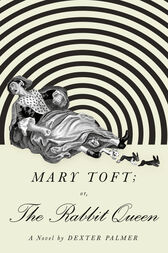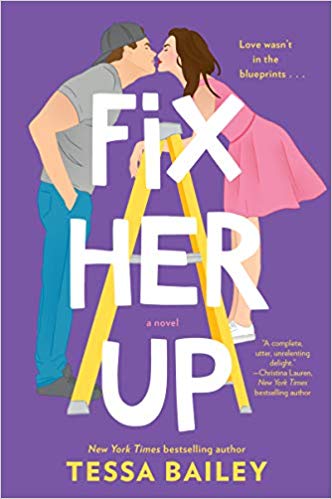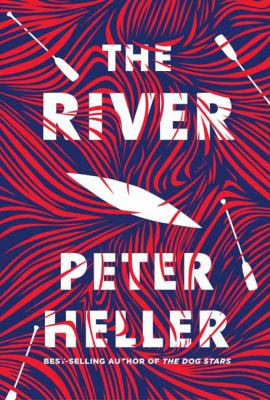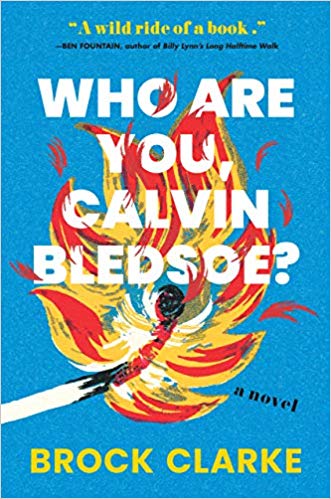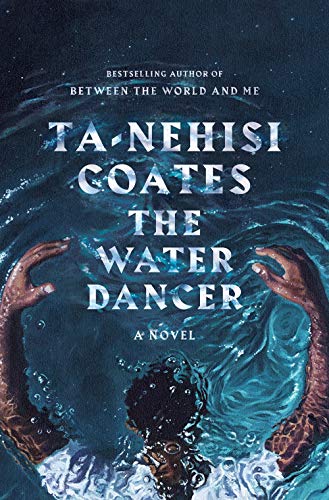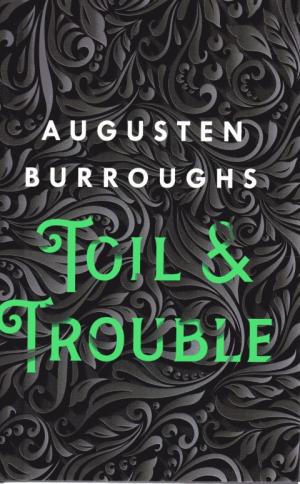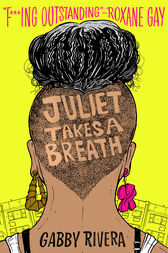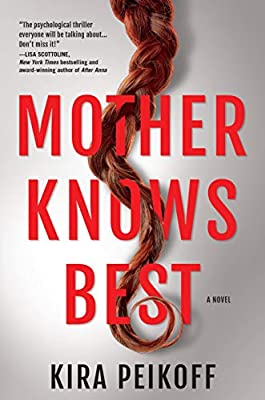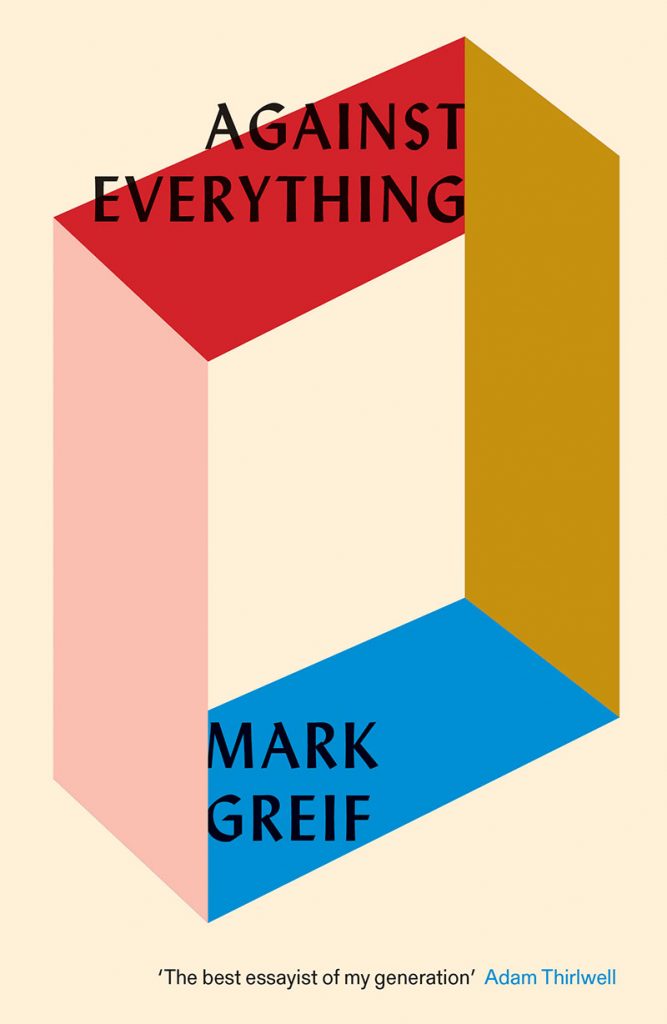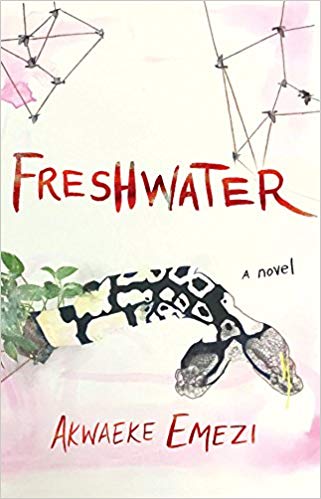Darkly gothic and brightly illustrated book covers ruled 2019
Competition is tough to catch a reader’s eye as they browse at their local bookstore or library, or as they click through pages from an online retailer. A compelling cover can make a huge difference for drawing in new readers.
In 2019, we saw book publishers lean into both moody, nature-inspired covers as well as bright and graphic covers for their books. To inspire you and your design team in 2020, we’ve rounded up some of the biggest book design trends we saw in 2019.
Snakes!
Snakes were top-of-mind for design teams in 2019. Snakes give these book covers an eerie sensibility, an association with forbidden knowledge, the natural world, and, in the case of The Undying, a medical edge.
Pastel Color Blocks
Pastel purples, oranges, yellows, greens, and blues drew attention when they appeared on bookshelves in 2019. Téa Obreht and Jacqueline Woodson hit bestseller lists with Inland and Red at the Bone, respectively. The pastel colors are bright and engaging without being overwhelming and the collage aesthetic gives the books an intimate feeling.
Moody, Overgrown Vegetation
In 2019, books across genres looked more and more like gothic gardens.The lush, overgrown look could indicate a dense plot, full of secrets and mysteries like Tell No One or sprawling fantasies like The Ten Thousand Doors of January.
Repetitive Geometric Shapes
Some of the buzziest books of the year incorporated geometric repetition, including You Know You Want This, the debut short story collection from “Cat Person” author Kristen Roupenian and Miriam Toews’ Women Talking, inspired by real-life events. The repetition of these shapes suggests behaviors repeating, shared experiences, and a hypnotic reading experience.
Brightly Illustrated Romances
Some of the biggest romance novels in 2018 had illustrated covers (The Kiss Quotient, The Proposal) and we still saw that trend on the rise through 2019. Compared to the traditional, photo-realistic covers of historical romances and mass market romances, these illustrated romances tend to appeal to readers who might not consider themselves romance readers. Berkley is at the center of this trend.
Cindy Hwang, Vice President and Editorial Director at Berkley told NetGalley Insights, “We wanted to showcase the modern, fun quality of some of our new contemporary romances, and the illustrated approach really stood out for its versatility and vibrancy. We keep things fresh by playing with different ideas and colors to suit the story and characters. We’ve now branched out into illustrating historical romance covers, something that hadn’t been widely done in the genre, and we’re thrilled by the positive early response.
Overlapping Words and Design
Like the gothic garden cover trend, we saw book covers where the design was integrated with the text – under waves for The Water Dancer and licked by flames in Who Are You, Calvin Bledsoe? In addition to making a strong visual impression, overlapping words and text lets readers know that they can expect an immersive reading experience.
Hair
Titles were shaved into, braided into, and intertwined with hair on book covers in 2019. How we style our hair is one way that we express our unique personalities. Hairstyles, colors, and textures also have deep cultural resonances – cornrows, locs, buzzcuts, long braids, and bobs, to name a few. Books like Queenie and Juliet Takes a Breath used hair in their cover art to signify intimacy and the mix of personal and cultural.
Make sure to subscribe to the NetGalley Insights newsletter for weekly updates about trends, best practices, industry news, and interviews through 2020 and beyond.
